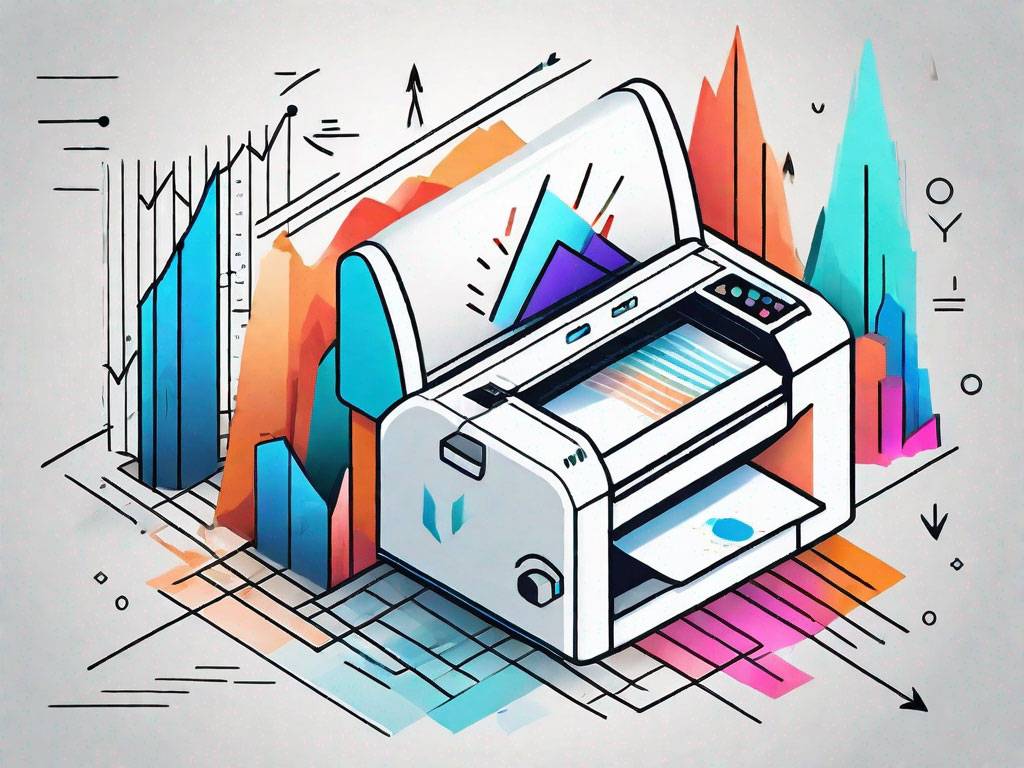Selling custom apparel has never been easier thanks to print on demand.
Selling custom apparel has never been easier thanks to print on demand.
Blog Article
Recognizing Exactly How Digital Printing Revolutionizes the Printing Industry
The printing sector, long steeped in conventional approaches, is undergoing a radical improvement with the advent of digital printing. This ingenious innovation, which shuns the need for printing plates, allows quick manufacturing and customization, reshaping the landscape of print communication. With its prospective to stimulate involvement through personalized material and to use lasting options, it's clear that electronic printing is greater than a technological development; it's an essential video game changer. Yet just how specifically does it change the industry? Let's explore.
The Development of Digital Printing: A Quick Review
Given that its beginning, digital printing has undertaken substantial improvements, constantly transforming the printing sector. Its advancement started with the development of xerography in the mid-20th century, a procedure which laid the foundation for laser printers. With the advent of the 90s, electronic printing innovation started to grow, and the market witnessed the intro of direct imaging presses, which removed the requirement for printing plates. As the brand-new millennium unravelled, developments in technology better spurred the growth of electronic printing, resulting in the creation of high-speed inkjet printers. These tools provided premium high quality and speed, for life changing the landscape of the sector. Today, digital printing stands as a testimony to human development, continually advancing to satisfy the ever-changing needs of the modern-day world.

Unloading the Technology Behind Digital Printing
Delving right into the ins and outs of digital printing modern technology, one experiences a rich tapestry of innovative machinery and complex formulas. At the heart of this process exists a digital picture, which is processed by software application that divides it right into a grid of dots. These dots are then transformed into an electronic code. This code is interpreted by the printer, which utilizes it to exactly transfer droplets of ink onto the substratum. The droplets are so tiny and accurate that they develop a picture that is virtually equivalent from the initial. This intricate system, reinforced by sophisticated software program and high-resolution imaging, has changed the landscape of the printing industry, leading the way for unprecedented degrees of information and accuracy.

The Benefits of Digital Printing for Businesses
Comprehending the innovation behind digital printing supplies a clear photo of its accuracy and detail. Digital printing is environmentally pleasant, making use of less ink visit and producing less waste. The complete potential of electronic printing is recognized when made use of for modification and customization, a subject that will be covered in depth in the next area.
The Role of Digital Printing in Customization and Personalization
While typical printing approaches battle with customization and personalization, electronic printing stands out in these areas. It enables the simple alteration of designs, without the demand for costly and time-consuming plate adjustments (print on demand). This allows companies to customize products to individual clients, meeting details requirements and enhancing client fulfillment
Digital printing likewise permits variable information printing, where components such as text, graphics, and pictures might be changed from news one printed item to the next, without reducing the printing procedure. This is particularly helpful for direct advertising projects, where customized messaging can dramatically improve action prices. In this way, digital printing not just transforms the printing market yet also transforms the means companies communicate with their consumers.
Evaluating the Environmental Influence of Digital Printing
Although digital printing has been admired for its role in modification and customization, it is essential to examine its environmental influence. Digital printing can be much less inefficient than traditional techniques, since it runs on a 'print on need' basis, removing the need for big print runs that can lead to excess and waste. In addition, it uses fewer chemicals and creates much less unpredictable natural compounds (VOCs) compared to offset printing. The energy use of digital printers can be high, leading to enhanced carbon footprint. Moreover, using non-recyclable printing parts and the obstacle of e-waste visit our website management pose significant environmental issues. While electronic printing has numerous advantages, its environmental effect should be conscientiously taken care of.
Verdict
In conclusion, electronic printing has actually changed the printing market, using quick, cost-effective, and high-quality remedies. It facilitates customization, boosting client involvement, and utilizes a lasting print-on-demand version. As this innovation proceeds to develop, its influence on business interaction, consumer fulfillment, and environmental sustainability ends up being significantly profound. Comprehending these adjustments is essential for services to utilize the benefits of digital printing properly.
Report this page